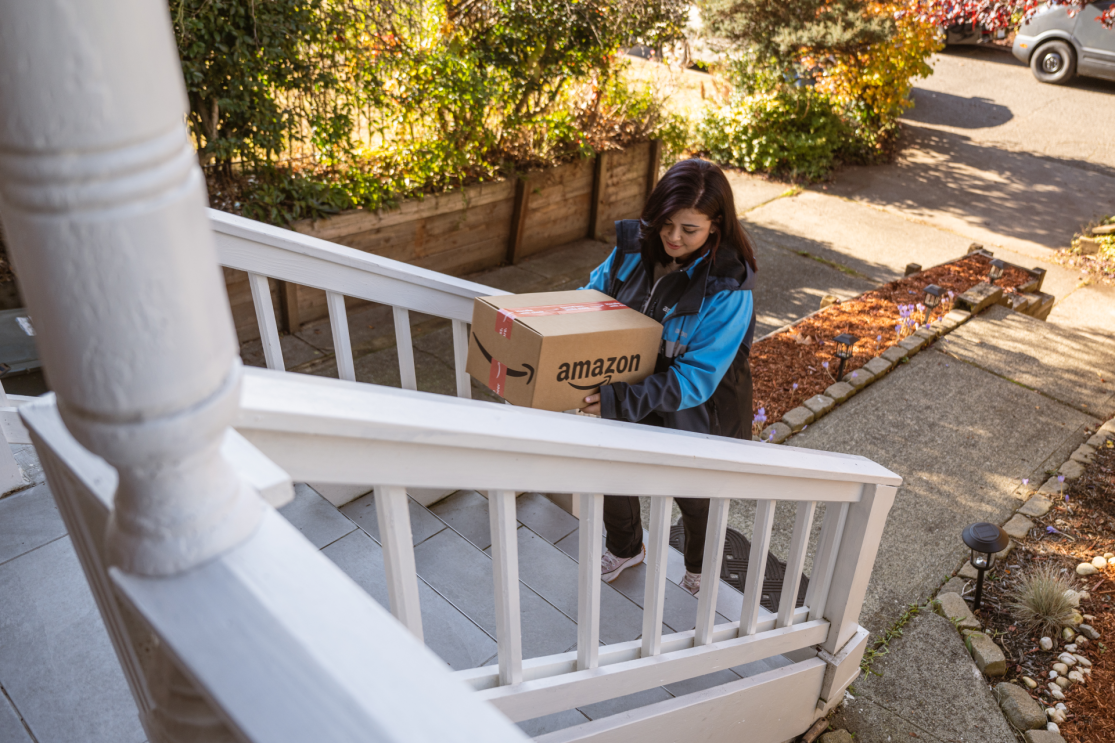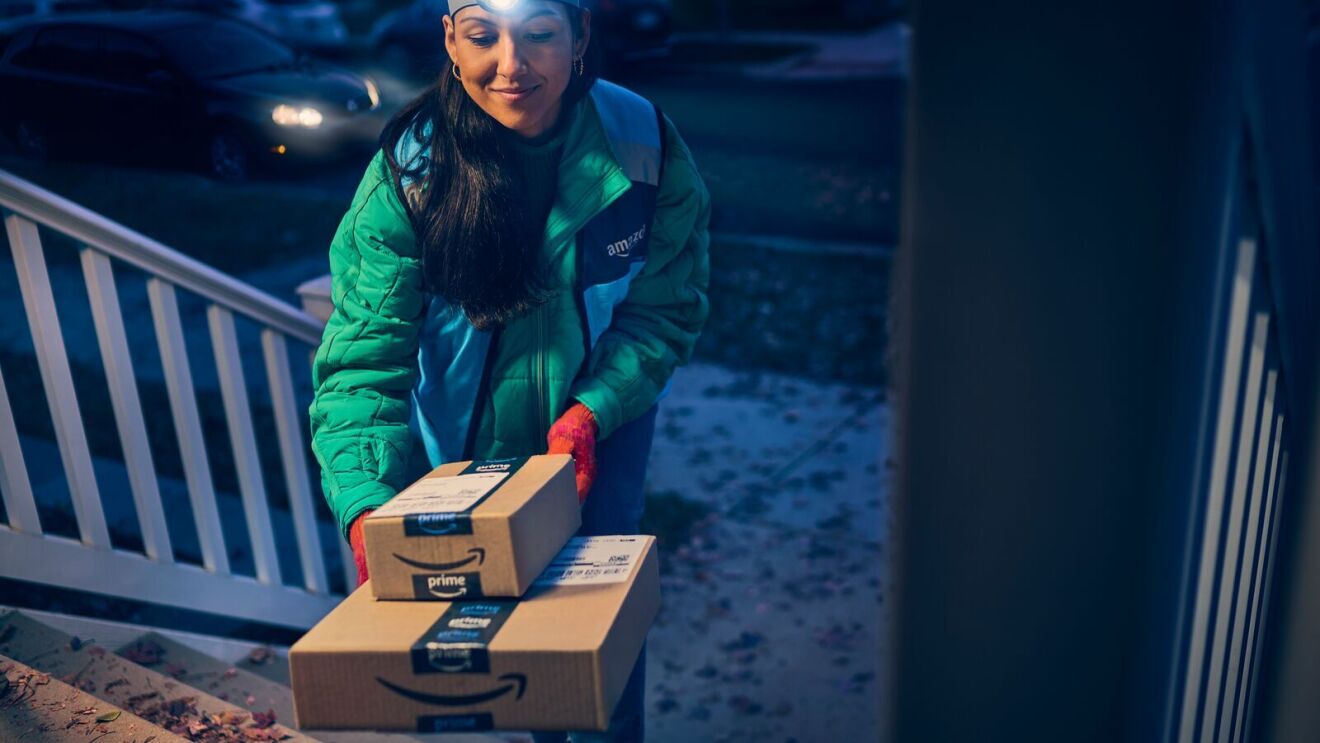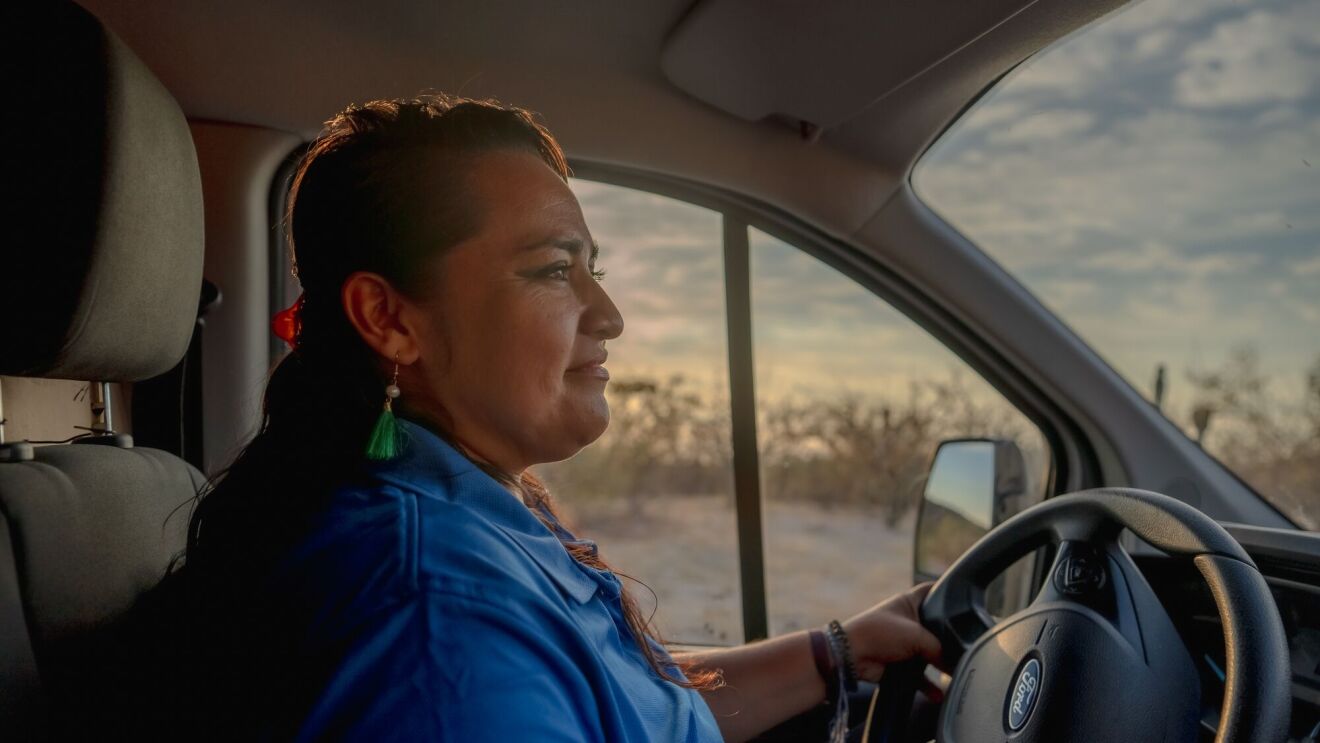Have you ever wondered how Amazon is able to facilitate fast deliveries to customers all over the world? While there are a lot of moving pieces involved in delivering your packages quickly, one important component is the Amazon Air program, which uses planes to connect packages to delivery destinations around the world.
Amazon Air operates a fleet of aircraft that fly to more than 70 destinations around the world. Some of these gateways and hubs are able to ship more than 450,000 packages on 12+ planes daily. Each flight requires an incredible team effort where highly trained employees work together to safely pack Amazon orders for customers all over the globe.
Keep reading for an inside look at how Amazon Air works.
We went behind the scenes with Amazon Air General Manager, Marchel Sebacuzi, to watch as his team processed thousands of Amazon orders. Sebacuzi has worked with Amazon for nine years, and is currently responsible for operations at Amazon’s air hub in Fort Worth, Texas, which is one of the network’s largest hubs with more than 1,500 employees.

Our first stop on the tour was seeing the line-haul trucks that bring packages into the facility to be processed.

Next up, we went inside the facility to see how packages are sorted and processed. The facility uses advanced robotics systems to help employees determine where each package is going and route it to the right plane.

The packages are then loaded into large metal containers called Unit Load Devices (ULDs) that will hold them in place on the aircraft. The ULDs are contoured to fit perfectly inside the plane, and can hold hundreds of packages.

Once the packages are in place, the ULDs are loaded onto a truck and carried out to the runway. Fun fact: some of the trucks (technically called “tugs”) that carry the ULDs are electric powered to help reduce the impact of our operations.
A team on the apron—the parking pad next to the runway—receives the ULDs, then uses an electric-powered, heavy-duty lift called a K-loader to raise them up to the cargo bay. From there, employees guide them into the proper place on the plane. Each plane can hold 12 to 39 ULDs depending on its size.

Sebacuzi took us inside an empty plane so we could see the loading configurations that help slide the ULDs into the proper placement on the plane and secure them during the flight.

Some smaller packages require a different approach to make sure they remain intact throughout the journey. These items are packed into large bags and stored underneath the planein the cargo hold, much like your checked luggage would be loaded onto a commercial passenger flight.

There are multiple steps to the packing process to make sure the packages get on the aircraft safely. Amazon Air Hub employees go through robust process training to make sure they’re prepared for the first day. Sebacuzi showed us a mock door that employees use to train on the process of unloading and loading a plane. The training door is appropriately named “The Sail Boat,” as it looks like a big ship sail.

Once the plane is loaded, employees run a thorough safety inspection to make sure all packages are secure for the journey. Safety is a top priority. Employees go to a rigorous safety school during their onboarding, and they also have access to a network of support to make sure they’re taking all the right safety measures for every flight. If an employee sees something amiss during their safety inspection, we stop operations and resolve the issue immediately.

Once the aircraft is cleared for departure, employees push the plane back with a super strong vehicle called a pushback tractor. The tractor can lift and push a whopping 250 tons with ease.
After pushback, the pilot prepares for takeoff to the next destination. An aircraft control team carefully monitors flights to maintain visibility of your packages throughout their air journey.

Once the control tower gives the go ahead, the plane takes off, carrying the packages 35,000 feet in the air and on their way to customers’ doorsteps.

Want to learn more about Amazon Air? Check out some of the new planes that carry your packages through the Amazon Air network.
Trending news and stories
- What is Amazon Pet Day? 48 hours of dedicated pet deals May 13-14
- LinkedIn names Amazon a top US company where people want to work for the eighth year in a row
- CEO Andy Jassy’s 2024 Letter to Shareholders
- AWS is first major cloud provider to deliver Mistral AI’s Pixtral Large as a fully managed, serverless model














